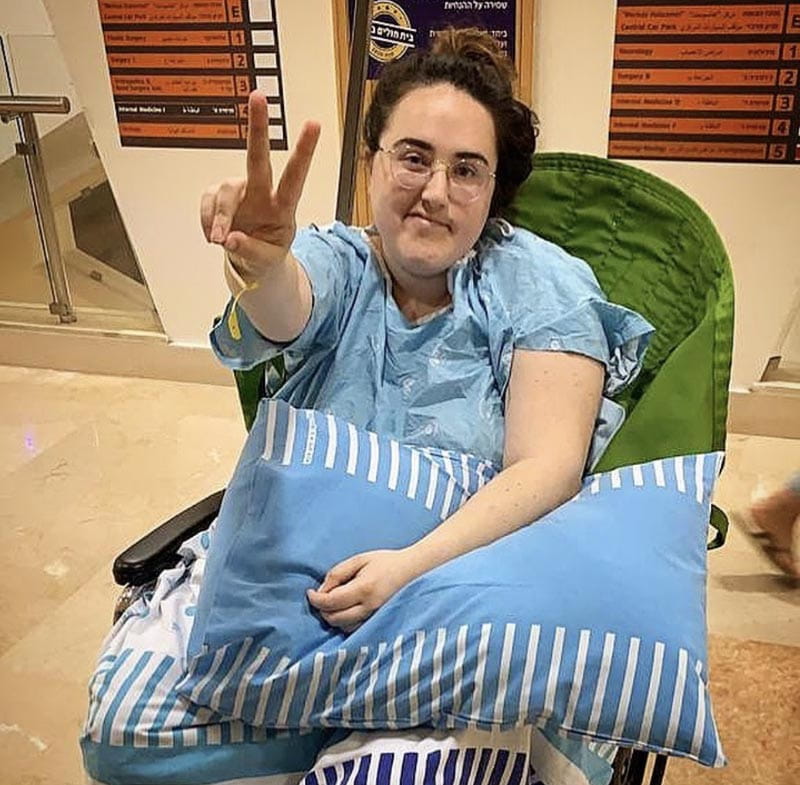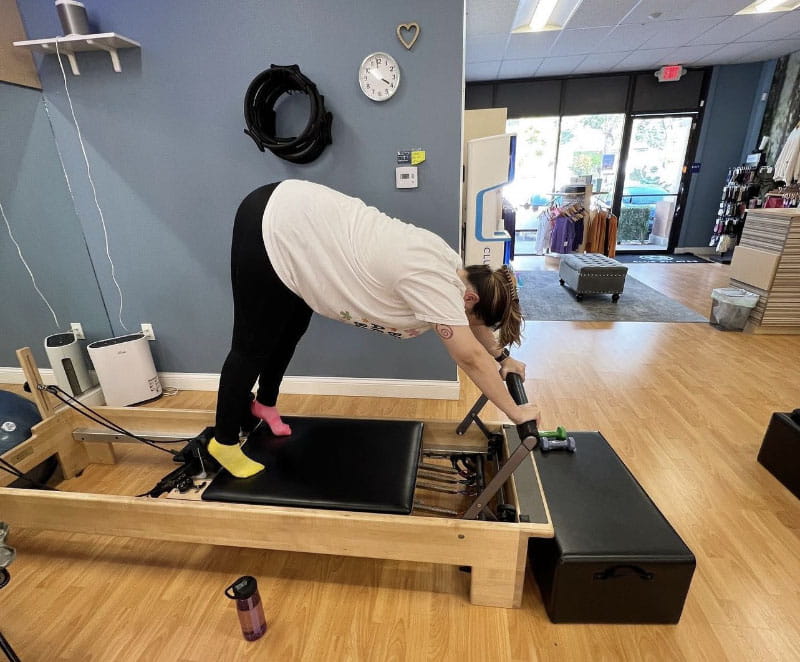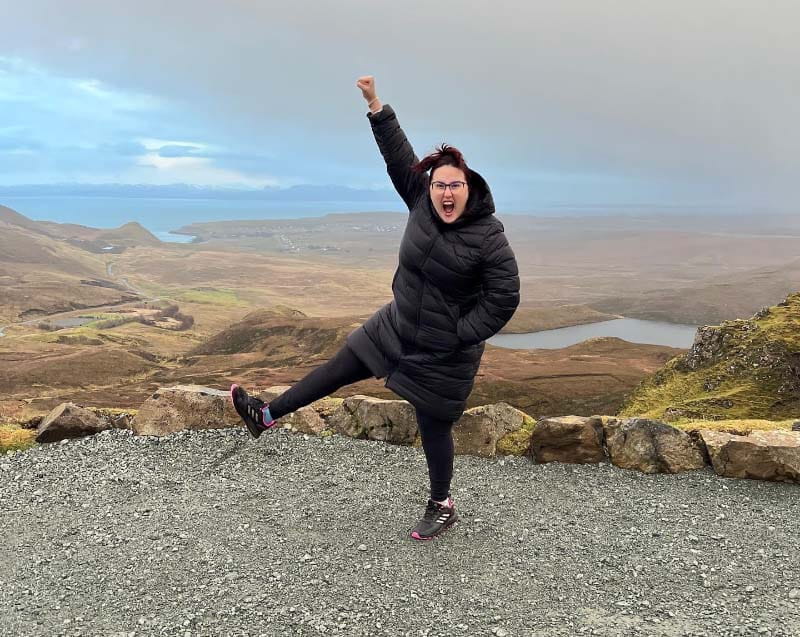The road home was long for 27-year-old who had a stroke during the pandemic
By Diane Daniel, American Heart Association News

As the manager of a medical clinic in Tel Aviv, Israel, Dana Schwartzberg's job was tough during the best of times. So when the clinic was set to reopen following a shutdown prompted by the COVID-19 pandemic, she was bracing for an especially challenging time.
Then again, the lockdown had been tough on her, too. Staying home was especially difficult because she wasn't getting along with her roommate. She spent most days watching TV and talking to her mother, Gabriela Schwartzberg, who lived at the family home in Mission Viejo, California.
The day before Dana was to return to work, she ordered fast food for breakfast, binged on shows and took a nap. When she woke up, she felt a headache coming on. She ate a bowl of pasta and went back to bed. Her headache was turning into what felt like a migraine. Then 27, she'd suffered multiple migraines every week for the past 10 years.
Before falling asleep for the night, she got up to use the bathroom. The last thing she remembers was sitting on the toilet.
Dana woke up face down on the bathroom floor. She tried to stand up but couldn't move the left side of her body. Her phone was on her bed and her roommate wasn't home.
At some point, her roommate returned and called for help.
When emergency responders arrived, they argued about what to do. Although Dana displayed signs of a stroke, she heard one of them say: "There's no way. She's too young."
At the hospital, doctors determined she'd indeed had an ischemic stroke, the kind caused by a clot or plaque blocking blood flow to the brain. While there are clot-busting medicines that can help, they must be delivered within four and a half hours of the onset of symptoms. But because nobody knew when Dana's symptoms began, she wasn't eligible.
Dana stayed a week in intensive care, then was moved to an inpatient rehabilitation facility. She immediately began physical, speech and occupational therapy. Her speech improved quickly, but her left side remained paralyzed. She could communicate but had a hard time focusing and multitasking. (Doctors never found a cause for the stroke.)

Within two days of Dana's stroke, her mom flew to Tel Aviv. But she had to quarantine for two weeks because of pandemic restrictions. She talked to Dana on the phone several times a day. Once she finally reached her daughter, Gabriela stayed by her side throughout the three months she spent at the rehab facility.
Dana felt depressed and frustrated. Her life had flipped upside down. But with her mother's encouragement, she made progress. With daily exercise, her fine motor skills slowly improved. Except for her left arm. She had to keep it in a sling to ensure her shoulder would stay in its socket. She eventually went home using a forearm crutch and an ankle-foot orthotic brace.
In October 2020, Dana was cleared to fly. Her parents escorted her home to Mission Viejo. She immediately began outpatient rehab to continue improving her arm and leg movements, as well as her cognitive skills.
In August 2021, Dana reached two milestones. She was cleared to drive, with the help of a steering knob and a right-hand turn indicator. And she started a job as a renewal analyst with a supplemental health insurance agency.
During her recovery, Dana drastically changed her diet, cutting out fast food and reducing carbohydrates.
She started exercising and discovered the joy of movement for the first time. She liked Pilates so much that she's now training to be an instructor. She also became a certified personal trainer and nutrition coach.
"I don't know why I had such a negative opinion about movement before," she said. "Now it feels so empowering. It's clear that I needed to go through all this."

Gabriela said she was worried about her daughter's future in the first few months after the stroke.
"I saw improvement all the time, but I wasn't sure that Dana would be able to keep working at it," she said. "But now I see that she's gotten more determined and optimistic. I don't know what the next chapter will bring, but we're very proud of her."
In the past two years, Dana has taken two trips by herself – to Atlanta and to Scotland. She also lived independently for several months.

These days, Dana continues to make gradual improvements in her gait and balance. She walks with a slight limp, and her left hand and shoulder are still compromised.
"It's not like it was before, but I've found ways around it," she said. "I didn't have a choice about having a stroke, but I do have a choice in how I handle it."
Stories From the Heart chronicles the inspiring journeys of heart disease and stroke survivors, caregivers and advocates.





